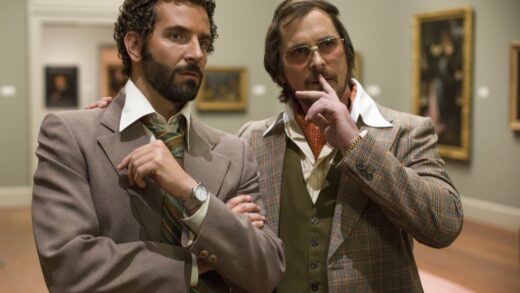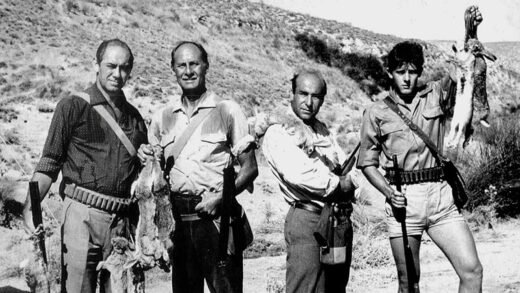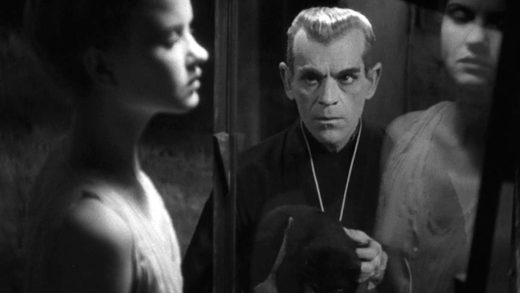Ari Aster‘s debut feature film Hereditary (2018) appears to play on the devilish ambiguity animating Shakespeare’s Macbeth and articulating the affinity between the histories of satanism and psychological pathology. Has Macbeth lost his reason or was he hexed by the coven of witches (or is he simply suffering an inexorable tragic fate for his ambition)?
Table of Contents
Directed by Ari Aster.
Stars Toni Collette, Alex Wolff, Milly Shapiro and Gabriel Byrne.
Viewed the DVD version on March 18th, 2023 along with the deleted scenes and mini documentary “Cursed”.
Is it true that Hereditary is both about psychology and demonic influence? The title is, after all, Hereditary, not Something’s Wrong With This Family.* The word hereditary would seem to suggest genetic psychological conditions, not demonic influence, right?
*I feel obligated to mention that this would have been a great title, albeit a bit prosaic. Apparently one of Aster’s early short films had such a title!
This lineage undoubtedly has links to psychological pathology: Annie (Toni Collette) had a brother who took his life after claiming that their mother Ellen had “put people inside him,” her father had starved himself to death, and the mother Ellen has suffered from a dissociative disorder. What’s more, Annie’s husband Steve (Gabriel Byrne) is a psychiatrist, and apparently one of the threads that didn’t make it past the editing room floor was an backstory in which Annie had seen Gabriel professionally and their relationship started when the treatment ended.
Undecidability: Not Both/And, Not Neither/Nor
My interpretive solution is that it is undecideable. Evidence of psychological illness is as plain as is evidence of cult conspiracy. It is neither one nor the other but both at the same time. To use a common turn of phrase, just because you’re paranoid it doesn’t mean that people are not out to get you.
Psychological Illness In Hereditary
As indicated above, Annie, the film’s central character, stands knee deep in a history of psychological illness.

Emotional Trauma
The film begins with the grandmother’s funeral service — traditionally a setting for grief, loss. Instead, Annie and her husband and son are all somewhat relieved by the end of this chapter. The grandmother had been suffering in decline, and her death ended that suffering.
These family members no longer have to experience the melancholy of having a suffering loved one (Ellen, the grandmother). To be clear, this kind of suffering has at least five different aspects:
- first, the family member feels sad that this loved one is suffering (sympathy);
- second, the family member feels sad that they can do nothing about her suffering (reflexive anger);
- third, the family member unconsciously hates the loved one because they are putting them through this suffering (reactive anger);
- fourth, the family member hates themselves for being unable not to hate the loved one because her suffering is causing their own suffering (reflexive reactive anger?);
- and fifth, the family member hates themselves for feeling relief in the death of the loved one whose suffering was the cause of their own suffering.*
*I know this is complex, but observe Spinoza in instances like these: “Everything excellent is a difficult as it is rare.”
All of that emotional suffering is latent, whereas Annie’s suffering after the death of Charlie is manifest (and quite impressive as a theatrical spectacle). Annie endures acute loss at the untimely and dramatic loss of her daughter, a grief inseparable from anger at her son for his indirect responsibility (and the concomitant anger at herself for being angry at her son).
The death of Charlie is the dramatic animus of the film.
Annie’s Psychiatric Heritage as Background
Evidence for genuine psychological pathology (not just the complicated experience of grief) emerges when Annie makes her confession to the grief support group. This occurs after her mother’s funeral, but before Charlie’s death. Annie explains her mother’s and brother’s conditions, as well as her father’s death from starvation.
In sum, all members of her immediate family suffered emotional, psychological disturbance leading to their deaths.
Something is Not Right With Charlie
And something was passed on to Charlie.
Charlie, the daughter and efficient cause of the film’s dread,* gives every possible sign of being disturbed.
*Her uncanny appearance, despite her being a minor character, imbues everything with dread. Imagine a more conventionally-looking 13-year-old in her role. The film would have lost it affect!
She never plays with other children. She draws in a notebook at her grandmother’s funeral — mind you, she’s 13. She cuts off the head of a dead bird with a pair of scissors — a bird that dies right at the moment when Charlie’s been told by her teacher to put away a toy and begin her quiz.
We also learn that she has never cried, not even as a baby. Neither does she cry when her grandmother dies, although she is apparently affected by the death as she was closest with the grandmother.
Was I the only person that felt some relief in her death, knowing that the whole road of misery before her had been cut short?
Demonic Influence Is the Real Story
But yo!, isn’t there load of demonic influence, psatanism*? Evidence for this interpretation seems conclusive.
Is demonic influence the same as psatanism? When one attributes order and hierarchy to the demonic host, isn’t he making a theological faux-pas, seeing order and structure in fallen beings, where no such order or structure can be?
Near the beginning of the film, before Charlie’s death but after the funeral, she happens to see the grandmother in a ring of fire out in the woods. But at this point whether this is merely Charlie’s fantasy.
The grandmother’s packed things contain books on spiritualism, and we eventually learn that she had been the center of a coven of witches. In fact, Annie’s seemingly accidental new friend Joan (played by Ann Dowd, perhaps a little channeling the Aunt Lydia character from The Handmaid’s Tale [2017-present]) turns out to have been a member of the grandmother’s coven and part of the cult of Paimon.
Charlie’s remaining sketchbook is animated with drawings of Peter with his eyes crossed out.
Peter sees a possessed self in his reflection that in turn physically assails him, beating his head against his desk.
Ellen’s decapitated body is found in the attic, finally explaining the call received at the beginning of the film about Ellen’s grave being vandalized.
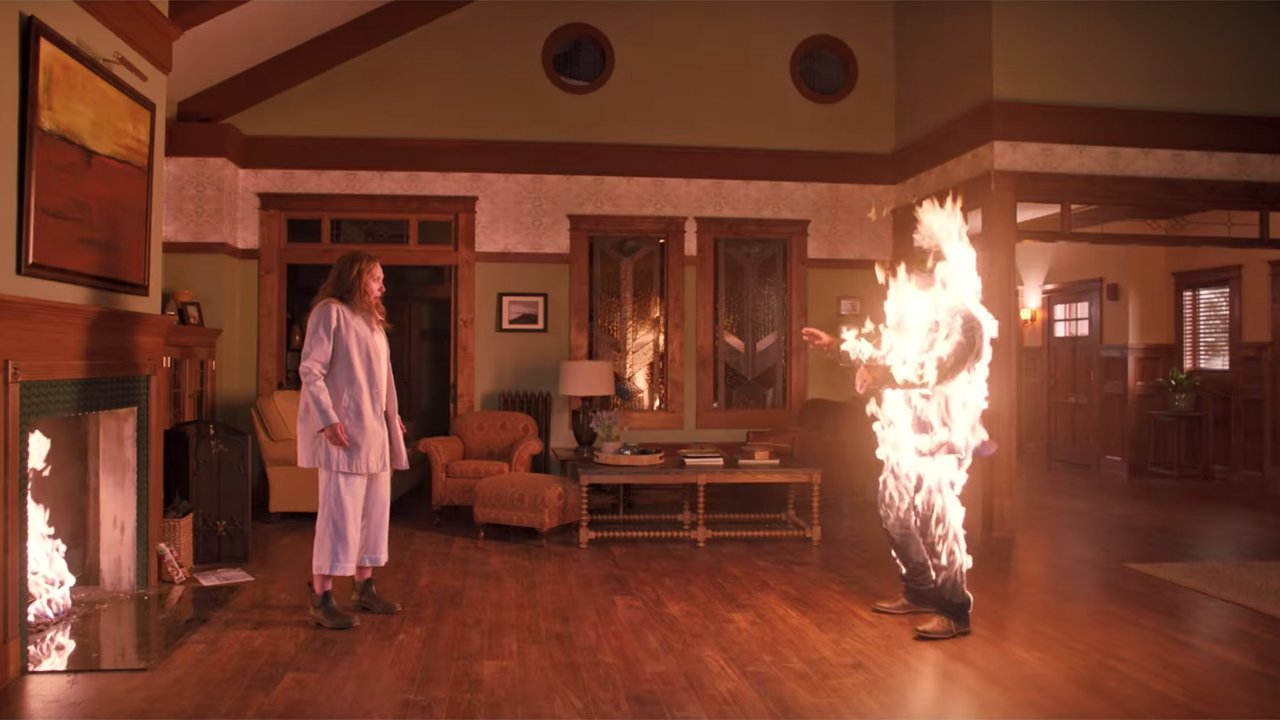
Charlie’s sketchbook lights Annie on fire when it is first thrown in the lit fireplace. Later, when Annie tries to burn it, preparing to be burnt herself, instead Steve is consumed and killed by the flame.
After Steve has died, Annie seems to be possessed, as she appears levitating, at first hidden, in the dark eaves of Peter’s room. She then chases Peter through the house, up into the attic where he successfully closes the trapdoor before she can attack him. But Annie is crouching on the ceiling, the closed trap door, banging her head against it.
And when Annie finally confronts him in the attic, she’s again levitating above him, now sawing her head from her body.
Finally, Peter crashes out the window and falls two stories. A traveling ember of light enters his still body, at which point he rises and walks to Charlie’s treehouse, where an effigy had been created (apparently with Ellen’s and Charlie’s heads, according to the internet hoi polloi, although I do not remember this). Peter’s transubstantiation of/possession by Paimon is complete.
By the end of the film, all of the grandmother’s efforts appear to be connected with finding a proper host for Paimon. It seems as though Charlie had hosted Paimon. But Peter was the intended.
Summary: Rife with Demonic Influence
Levitating people, burning books, burning bodies, decapitation. You can’t argue with these telltale signs, folks. And don’t forget the naked cult members surrounding the house and then inside the treehouse! Naked people = witchcraftery!
Decapitation, Acephalica
Some conceptual structure underlies decapitation, which seems to bear commentary in the film, although I’ve found none on that. One site mentioned that in images of Paimon riding a horse, his saddle is adorned with several heads.
But that doesn’t really explain anything. The question is, why?
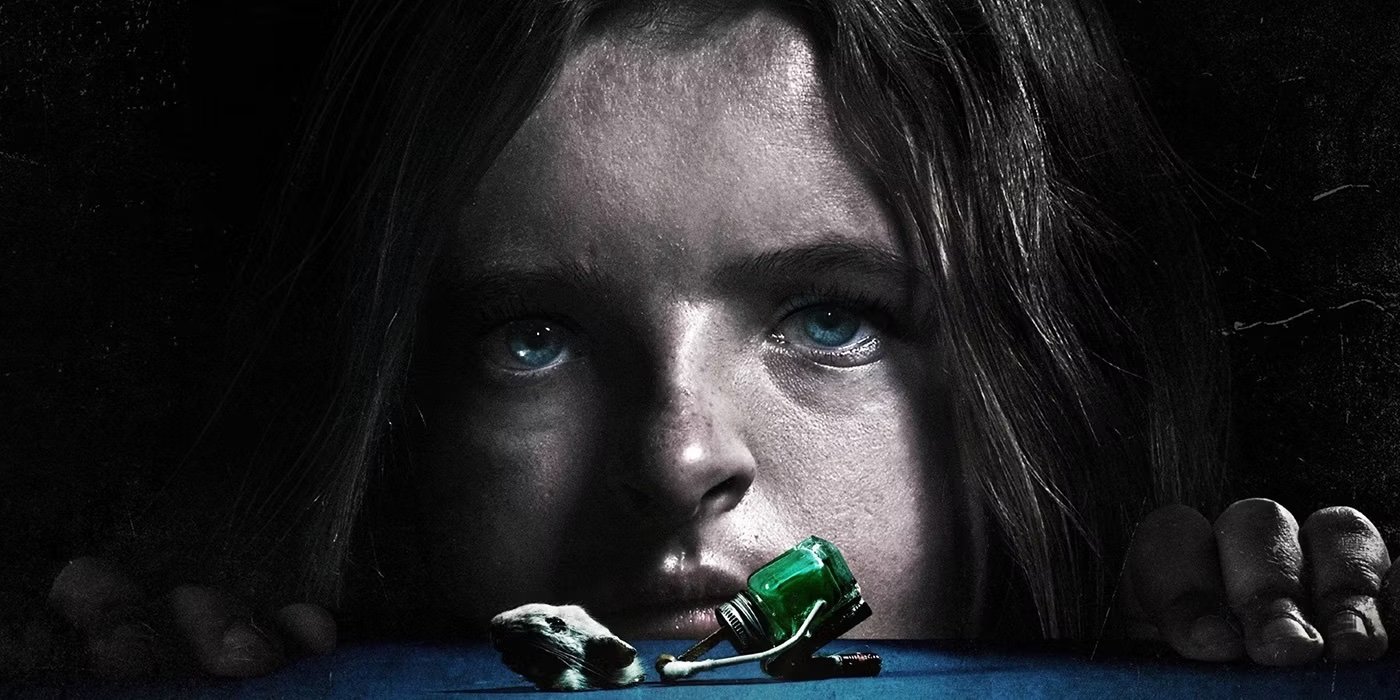
The Head is the Person?
Decapitation is always treated, when it appears in media descriptions, as a form of killing that exceeds what is civil. Decapitating a person does violence not merely to the person’s body but also to that person as a person. Their personhood has been annihilated.
Therefore, the head must be em-bodied in order for personhood to remain intact. So in decapitation we show dialectically the body to be the real truth of the head*?
*George Bataille, who started a publication entitled Acéphale, would affirm this reasoning.
Or instead, that the person’s been rendered only a body, and thereby punished?
Charlie’s body remains in the car after Peter has inadvertently beheaded her. But a shot shows her head remaining, after the fact, by the side of the road.
Ellen’s beheaded body is found in the attic. Her head is used as part of the ceremony of possession.
Miniatures in Film, in Hereditary
The Music of Chance
One film I really appreciate, perhaps simply because of its miniatures, is The Music of Chance (1993)[and have written about elsewhere], starring James Spader, Mandy Patinkin, M. Emmet Walsh, and Charles Durning. Pantikin is the lead, Nashe, but James Spader’s Pozzi is the main character and a departure from most of his previous roles that really demonstrates his powers.
In that film, one of the wealthy gamblers who eventually imprison Patinkin’s and Spader’s characters has constructed an elaborate miniature of a town where the two men had made all of their money, complete with a prison where inmates are held — and as explained by one of the gamblers in detail to Pozzi — able to rehabilitate themselves through their labor.
While alone, Nashe disfigures (ahem) the miniature by stealing the representations of the two gamblers … and almost like clockwork Nashe and Pozzi fall into a debt submitting them to involuntary labor, building a wall in a field with stones from a deconstructed European castle!
The point: representations have causal powers!
Miniaturism as Art: Hereditary
Miniatures are largely an aesthetic motif in the film, in scenes in which concentration on a miniature scene seamlessly opens onto real room wherein the characters interact. Annie is an artist whose medium is the miniature, and one of the sources of stress in the film is the upcoming show that she is preparing for.
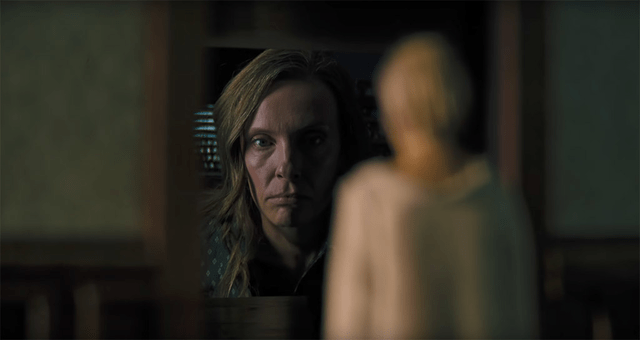
And we learn that miniatures, like drawing for Charlie, are a near unconscious means by which Annie exorcises her demons. She has created a scene of the room in which her mother died; she appears to be making a miniature of a classroom, like the one in which Peter suffers demonic beating; one of her previous works was an entire house that is mysteriously lit, that sits in the entryway of the home.
Most significantly, she created a miniature of the moment when Charlie had been decapitated, replete with a head lying in the road.
And then, when everything begins to fall apart, she destroys all of the models she’d prepared for her show, that had populated her studio.
So much is going on in Hereditary that it is hard to see how the miniatures could be more than just an aesthetic motif. But one would be a fool not to contemplate how miniatures are representations, seemingly life-like representation, channeling* a moment back to life.
*This word is precise.
Despite all of the labor that Ellen and Joan had expended in preparing for Paimon’s ascension and the alienation from her mother and self-congratulation in it that Annie feels, Annie turns out to be one of the primary causal agents, albeit through the role of the artist.
Other commentaries:
- https://www.filminquiry.com/mental-illness-hereditary/
- https://www.nytimes.com/2018/06/07/movies/hereditary-review-toni-collette.html
- https://collider.com/what-hereditary-taught-me-about-toxic-family-dynamic/
- https://stanforddaily.com/2020/11/11/female-madness-decapitation-and-cults-in-hereditary/
- https://www.thisisbarry.com/film/hereditary-explained-movie-ending/

